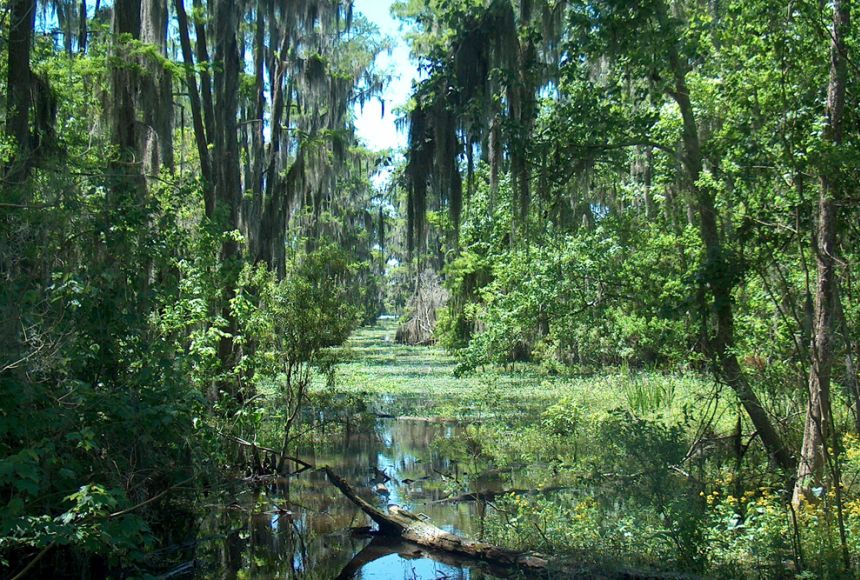Can A Lake Transform Into A Swamp: Natures Intriguing Transition
Turning Swamp Into A Fish Pond (Part Ll)
Keywords searched by users: Can a lake turn into a swamp marsh vs swamp, swamp vs lake
How Are Swamps Formed?
Swamps are fascinating ecosystems that undergo a transformation from their initial water bodies, such as lakes or ponds, into their characteristic form. This transformation is a gradual process driven by various natural factors. Initially, these areas may appear as serene bodies of water, but over time, trees and shrubs gradually encroach upon the surrounding land. As plant life thrives and cycles through growth and decay, organic matter accumulates, causing the water level to gradually recede. This ongoing evolution culminates in the emergence of a fully developed swamp, with its distinct combination of waterlogged terrain and lush vegetation.
What Is The Lifespan Of A Lake?
Understanding the Lifespan of Lakes
Lakes, dynamic bodies of water, have finite lifespans due to a variety of natural processes. One of the key factors contributing to the gradual transformation of lakes over time is the influx of sediment carried by rivers into these aquatic ecosystems. As rivers meander through their courses, they transport sediments like sand, silt, and clay, eventually depositing them into nearby lakes. This sedimentation process plays a crucial role in shaping a lake’s characteristics.
In addition to sediment deposition, lakes also undergo changes due to the accumulation of dead plant material on their bottoms. Over time, organic matter such as leaves, branches, and aquatic plants falls into the lake, forming layers of organic sediment. This accumulation, combined with the input of mineral sediments, contributes to the ongoing evolution of the lake’s structure and ecosystem.
While some lakes have existed for millennia, the majority of lakes worldwide are relatively young, with lifespans typically less than 10,000 years. The age and lifespan of a lake depend on a complex interplay of geological, climatic, and environmental factors. Lakes can be formed through processes like tectonic activity, glacial retreat, or volcanic activity, and these factors influence their initial formation and subsequent development.
In summary, the lifespan of a lake is influenced by various factors, including the influx of sediments from rivers and the accumulation of organic material on the lake bottom. While most lakes are relatively young in geological terms, their lifespans can vary significantly depending on their unique geological and environmental histories.
Summary 7 Can a lake turn into a swamp



Categories: Collect 71 Can A Lake Turn Into A Swamp
See more here: maucongbietthu.com

As the pond or lake fills in and the weeds grow larger, the total open water area shrinks as well. If left alone, the pond or lake will eventually fill in completely, and become a swamp or wetland at best.Swamps start out as lakes, ponds or other shallow bodies of water. Over time, trees and shrubs begin to fill in the land. Plants die and decay and the level of the water gets lower and lower. Eventually, the original body of water becomes a swamp.Lakes lifespans are limited, as rivers dump their sediment into them and dead plant material builds up on the lake bottom. Most lakes are less than 10,000 years old.
Learn more about the topic Can a lake turn into a swamp.